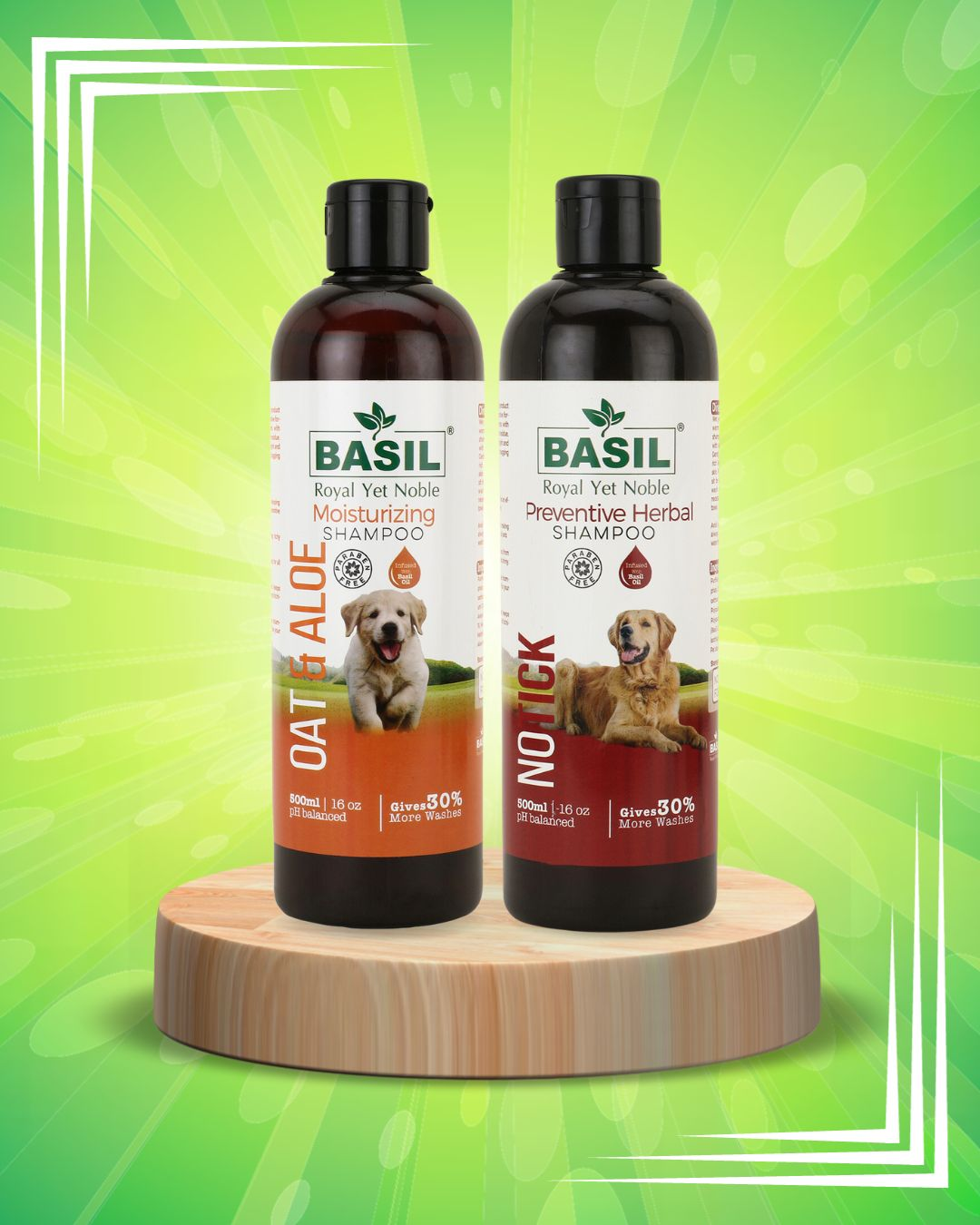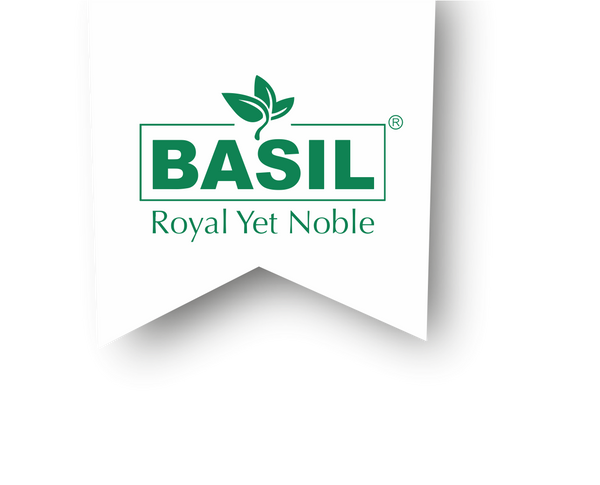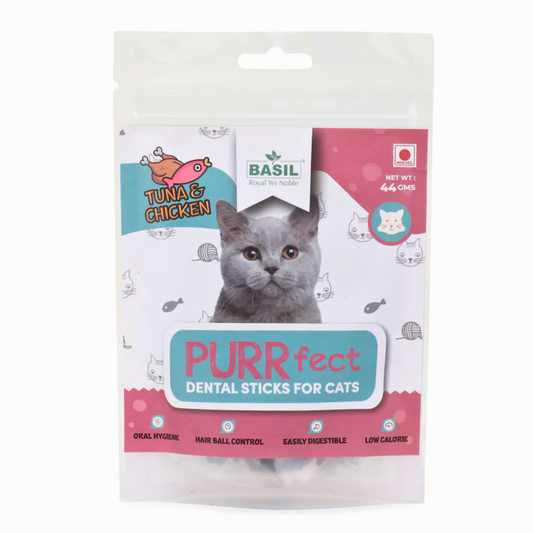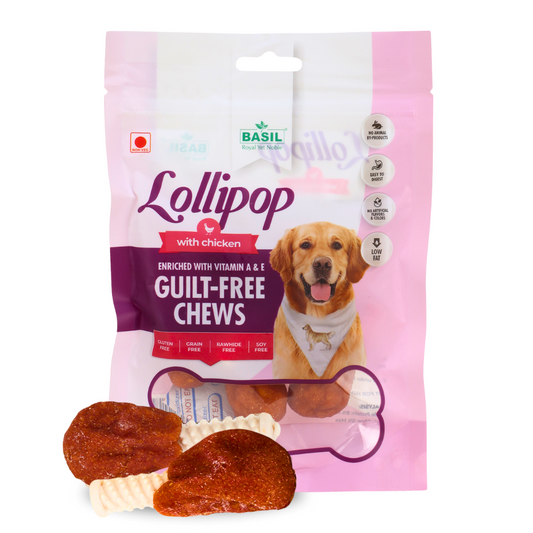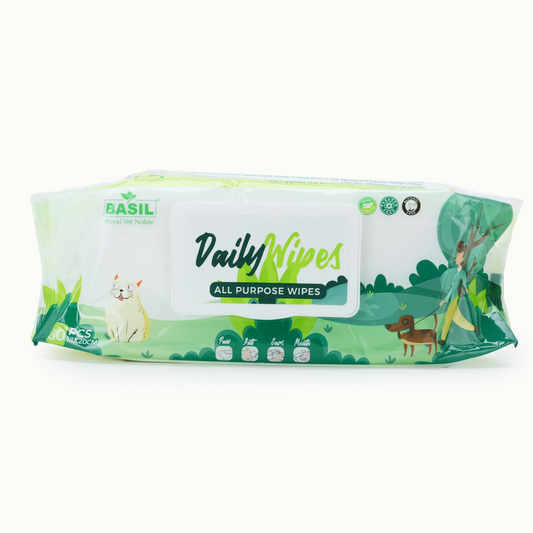
A Purrfectly Clean Kingdom: Choosing the Right Cat Litter for Your Feline Friend
Share
With their all-around trick-to-formal ways, cats are cherished companions in Indian households. They bring joy and satisfaction to our lives. However, maintaining a clean and healthy environment for both you and your cat is significant. This is where cat litter is crucial, creating a safe and sanitary kingdom of cats.
Choosing the right cat litter can be daunting, especially in India, where a wide range of cat litter options are available. From scoopers to scented cat litter, hypoallergenic cat litter to multi-cat litter boxes, there are numerous factors to consider. But don't worry! This comprehensive guide is here to help you navigate through the options and find the most suitable cat litter for your feline friend based on their preferences and your household characteristics.
Understanding Your Cat's Needs
Before delving into the cat litter world, it's crucial to understand your cat's unique needs. This shows your responsibility as a pet owner and your care for your feline companion. Here are some key factors to consider:
- Kitten vs. Adult Cat: Kittens often have more sensitive paws, so opting for a softer, finer-grained litter might be more comfortable.
- Tracking: Does your cat tend to track litter outside the box? Consider a larger granule size that's less likely to stick to their paws.
- Scent Sensitivity: Some cats (and their humans!) are sensitive to strong smells. Explore unscented or naturally deodorising options.
- Health Conditions: Avoid dusty litters if your cat has any respiratory issues.
Types of Cat Litter Available in India
Now, let's look into the different types of cat litter commonly found in India:
- Clumping Clay Litter is the most popular type in India. It's affordable and readily available, absorbing liquids and forming clumps for easy scooping. However, it can be dusty and doesn't offer superior odour control.
- Non-clumping clay Litter: This budget-friendly option absorbs liquids but doesn't clump. However, it requires more frequent scooping and replacement, which can increase costs in the long run.
- Silica Gel Litter: This highly absorbent litter is known for excellent odour control and low dust. However, it can be expensive and unsuitable for cats that like to dig.
- Biodegradable Litters: Made from recycled paper, wood pellets, or corn, these eco-friendly litters are becoming increasingly popular in India. They clump or absorb liquids and can be composted (check specific brand instructions). However, they might not be as absorbent as clay litters and can be slightly more expensive.
- Scented Cat Litter: While these mask odours, they can irritate your cat's sensitive nose. Opt for unscented litter or use a baking soda sprinkle for natural deodorisation.
Choosing the Right Litter for Your Needs

Here's a breakdown to help you pick the best litter based on your priorities:
- Odour Control: If odour control is your top concern, consider Silica Gel or clumping clay litter with baking soda. Biodegradable litter can also offer decent odour control.
- Scooping: Clumping clay litters are easiest for scooping. However, if scooping frequency is a concern, explore a larger, less-clumping clay or silica gel litter.
- Tracking: If tracking is problematic, opt for larger-grained litters like non-clumping clay or silica gel varieties.
- Budget: Clay litters are the most affordable option, followed by biodegradable litters. Silica gel litters are typically the most expensive.
- Sustainability: Biodegradable litter are the most eco-friendly choice. However, ensure they are compostable in your local setting.
Additional Considerations
- Multi-Cat Households: Multi-cat litter box solutions often involve using a larger box or multiple boxes placed in different locations. Consider a litter with reasonable odour control to manage various feline users.
- Kitten Care: Kittens might be more drawn to scented litters but avoid them due to potential irritation. Choose a soft, unscented clay or biodegradable litter for tiny paws.
- Hypoallergenic Cat Litter: Explore hypoallergenic cat litter options like silica gel or specially formulated clay litter if your cat has allergies.
Common Cat Litter Problems and Solutions
While cat litter problems can be frustrating, it's important to remember that they are solvable. Being aware of these issues and their solutions makes you feel confident and prepared to keep your feline friend (and your nose) happy.
Urinary Tract Infections (UTIs)
Dusty litter can irritate your cat's urinary tract, leading to UTIs. Solution:
- Opt for low-dust litters like silica gel or specially formulated clay options.
Refusal to Use the Litter Box
This can be due to several reasons. Solution:
- Cleanliness: Ensure the litter box is scooped daily and deep cleaned regularly.
- Location: Move the box to a quiet, well-ventilated area away from high-traffic zones and your cat's food and water bowls.
- Litter Type: Experiment with different litter types to find your cat's preference. Consider the size, texture, and scent (or lack thereof).
- Stress: If your cat is experiencing stress due to a new pet, a move, or other changes, consult your vet for further guidance.
Excessive Tracking
Solution: Use a larger-grained litter that is less likely to stick to your cat's paws. Consider placing a litter mat outside the box to trap stray litter particles.
Litter Box Odours
Solution:
- Scooping: Scoop daily to prevent waste build-up.
- Baking Soda: Sprinkle a thin layer of baking soda at the bottom of the box for natural deodorisation.
- Deep Cleaning: Clean the litter box regularly with warm, soapy water (avoid harsh chemicals) and ensure it dries completely before refilling.
Eco-Friendly Cat Litter Options for the Green Cat Parent

Are you an eco-conscious cat owner looking for sustainable cat litter solutions? Here are some options to consider:
- Biodegradable Litters: Made from recycled paper, wood pellets, or corn, these litters can be composted (check brand instructions for specific disposal methods). This reduces landfill waste and provides a more environmentally friendly choice.
- Recyclable Packaging: Look for cat litter brands that use recycled cardboard or paper packaging. This minimises environmental impact compared to plastic packaging.
- Longevity and Scooping: While some biodegradable litters might require more frequent replacement than clay options, religiously scooping can extend their lifespan and minimise waste.
- Multi-Cat Considerations: Using a larger litter box or multiple boxes with biodegradable litter can be more challenging in multi-cat households due to faster litter breakdown. Consider a larger litter box cleaning routine or explore using a combination of biodegradable and clumping clay litters.
- Composting at Home: If you have a backyard composting system, ensure the biodegradable litter you choose is compatible with your home composting setup. Some litters might require specialised industrial composting facilities.
Conclusion
Finding the right cat litter is a journey of trial and error. Observe your cat's behaviour and preferences, and experiment with different types until you find the perfect match. Remember, a clean litter box is crucial for your cat's health and happiness. With some research and these handy tips, you can create a perfectly clean kingdom for your feline friend and a harmonious co-existence in your Indian home.
Prolonging Litter Freshness
Here are some additional pointers to keep your cat's litter box smelling fresh for longer:
- Scoop Daily: This is the golden rule! Regularly scooping removes waste and prevents odours from building up.
- Deep Clean Regularly: Depending on the litter type, clean the litter box altogether every 1-2 weeks. This involves removing all the litter, washing the box with warm, soapy water (avoid harsh chemicals), and drying it thoroughly before refilling.
- Baking Soda Power: Sprinkle a thin layer of baking soda at the bottom of the litter box before adding fresh litter. Baking soda acts as a natural deodoriser.
- Location, Location, Location: Place the litter box in a well-ventilated area away from your living space and your cat's food and water bowls. Cats prefer privacy, so avoid high-traffic areas.
- Consider a Litter Box Enclosure: A covered litter box can help contain odours and provide your cat privacy.
Remember: A clean litter box is not just about keeping odours at bay; it's essential for your cat's urinary tract health and overall well-being. A clean and comfortable litter box environment encourages your feline friend to use it properly and reduces the risk of outside-the-box accidents.
Choosing the right cat litter and maintaining a clean litter box are vital aspects of responsible cat ownership in India. With a little effort and these helpful tips, you can ensure your cat has a happy and healthy environment to thrive in.
Bonus Tip: Look for Indian brands that cater specifically to the needs of feline companions in our country. With India's growing pet care market, you're sure to find a wide range of cat litter that suits your budget and your cat's preferences.
